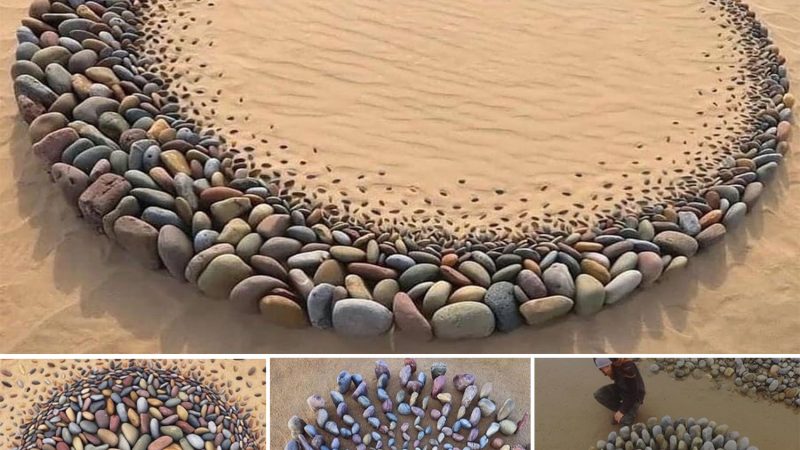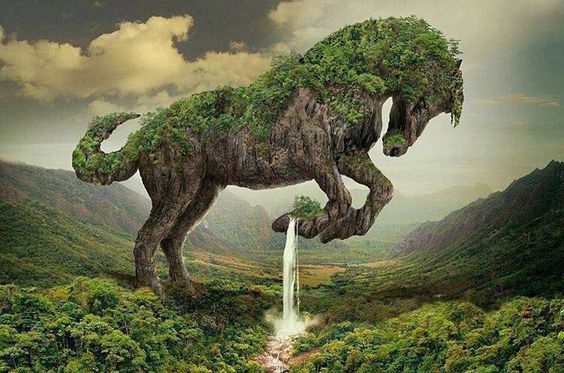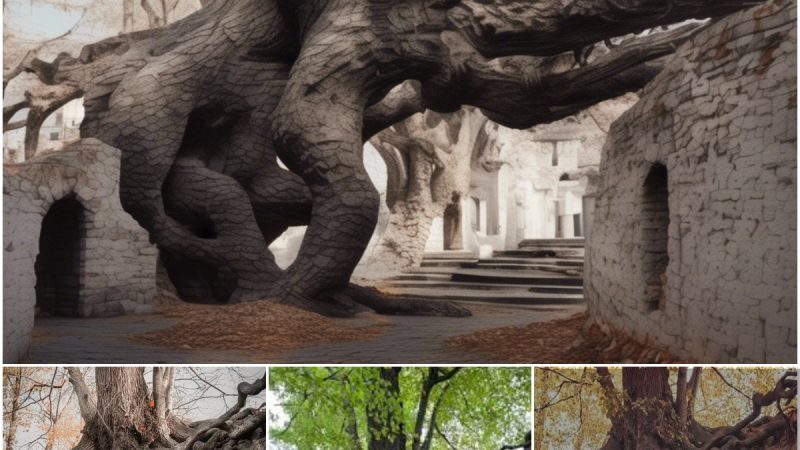The Eye of the Earth, Croatia’s Cetina River Source
The Cetina River is a prominent natural attraction in Croatia, originating from the Eye of the Earth, a spectacular karst spring located at the foot of the Dinara mountain range. The river runs for approximately 105 kilometers before emptying into the Adriatic Sea. The Eye of the Earth is a popular destination for tourists who are fascinated by its natural beauty and historical significance. This essay will explore the geological formation of the Eye of the Earth, its ecological importance, and the cultural and historical significance of the site.
Geological Formation
The Eye of the Earth is a karst spring, formed from a complex network of underground caves and channels. The karst landscape in the region is characterized by the dissolution of soluble rocks, such as limestone, dolomite, and gypsum, by the action of water over a long period of time. This process results in the formation of sinkholes, underground caves, and subterranean rivers. The Cetina River originates from one such cave system, which has been carved out by the action of water over thousands of years.
The cave system that feeds the Eye of the Earth is comprised of several underground chambers, which are connected by a network of passages and channels. The water that flows through these channels is filtered through the porous rock, which removes impurities and enriches the water with minerals. The water emerges from the cave system at the Eye of the Earth, where it forms a pool before flowing downstream as the Cetina River.
Ecological Importance
The Eye of the Earth is not only a natural wonder, but it is also an important ecological site. The water that emerges from the cave system is crystal clear and rich in minerals, making it an ideal habitat for a variety of aquatic species. The river is home to numerous species of fish, including brown trout and Adriatic salmon, which are both considered endangered. The surrounding forest is also home to a diverse range of flora and fauna, including wild boar, deer, and various species of birds.
The water from the Eye of the Earth is also an important source of drinking water for the local population. The water is of such high quality that it is bottled and sold as a premium mineral water brand, which is exported to other countries. The river also provides water for irrigation and agricultural activities, supporting the local economy.
Cultural and Historical Significance
The Eye of the Earth has played an important role in the cultural and historical development of the region. The river has been used for transportation and trade for centuries, with boats transporting goods downstream to the port city of Omiš. The river was also used for the production of hydroelectric power, which helped to fuel the industrialization of the region.
The river and the surrounding landscape have also been the subject of numerous legends and folklore. One such legend is the story of the dragon that lived in the caves beneath the Eye of the Earth. According to the legend, the dragon would emerge from the caves at night and terrorize the local villagers. The dragon was eventually defeated by a brave knight, who plunged his sword into the beast’s heart. The blood from the dragon’s wound flowed into the cave system, creating the red stone that is still visible in the surrounding cliffs.
In more recent times, the Eye of the Earth has become a popular destination for tourists who are drawn to its natural beauty and cultural significance. The site has been designated as a protected natural area, and there are strict regulations in place to preserve its ecological and cultural heritage. Visitors can take guided tours of the cave system, hike along the river, or enjoy water-based activities such as kayaking and rafting.
Conclusion
The Eye of the Earth is a remarkable natural wonder that has played an important role in the cultural, historical, and ecological development of the region. The geological formation of
Hits: 0











